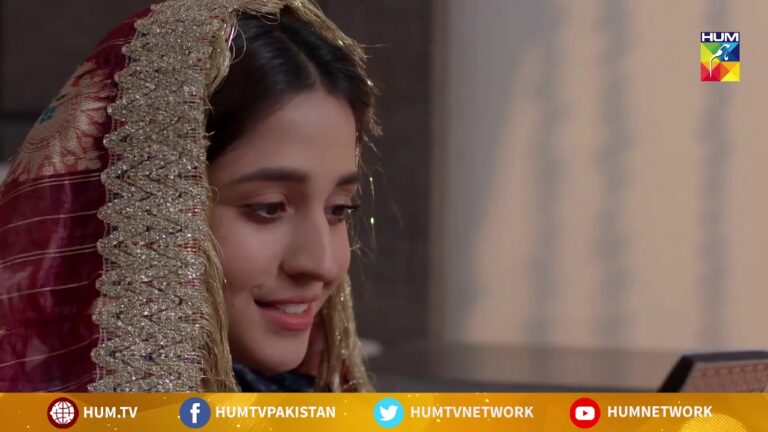Pat Jhar Kay Baad Drama Review: Pat Jhar Kay Baad, a Pakistani drama that captivated audiences, delves into the complexities of human relationships, the weight of the past, and the power of forgiveness. This review explores the intricate plot, dissects the characters’ motivations, and analyzes the drama’s exploration of social issues.
A Haunting Past and Uncertain Future
Pat Jhar Kay Baad weaves a narrative centered around two families bound by a tragic past. Years ago, a misunderstanding led to a devastating fire, claiming the lives of loved ones and leaving behind a legacy of resentment. The story follows समीرا (Sameera) (Sanam Baloch), the daughter of one of the affected families, as she navigates a web of secrets and misunderstandings while seeking love and acceptance.
Characters Defined by the Past
-
** समीرا (Sameera):** Sanam Baloch delivers a powerful performance as Sameera, a woman burdened by the weight of her family’s past. She yearns for love and a normal life, but the legacy of the fire constantly hinders her pursuit of happiness. Baloch portrays Sameera’s vulnerability and strength with remarkable depth, making her a character viewers can root for.
-
Aahan: Mikaal Zulfiqar portrays Aahan, the son of the other affected family. Initially consumed by a desire for revenge, Aahan grapples with his anger and seeks the truth behind the fire. Zulfiqar’s portrayal showcases Aahan’s internal conflict, making him a complex and intriguing character.
-
Supporting Cast: The supporting cast adds layers to the narrative. Saba Hameed, as Sameera’s overprotective mother, embodies the enduring pain of loss. Asfandyar Chaudhry, playing Aahan’s manipulative uncle, represents the forces that perpetuate conflict. These characters enrich the story, highlighting the various ways the past can influence the present.
Social Commentary: Wounds that Run Deep
Pat Jhar Kay Baad transcends a love story; it’s a commentary on the lasting impact of unresolved conflicts:
-
The Cycle of Revenge: The drama explores the destructive nature of revenge. Aahan’s initial desire for vengeance only deepens the suffering of both families. The narrative emphasizes the importance of forgiveness and reconciliation in healing from past traumas.
-
Importance of Communication: The misunderstandings that led to the fire highlight the importance of open communication. The drama serves as a cautionary tale, showcasing the devastating consequences of unspoken truths and assumptions.
-
Societal Pressures: The drama subtly touches upon societal pressures, particularly regarding family honor. Sameera’s family’s reluctance to let go of the past stems partly from a fear of social judgment. The narrative highlights the need for a more forgiving and understanding society.
Beyond the Narrative: Production and Impact
Pat Jhar Kay Baad’s success stems from its compelling story and exceptional production value. The direction by Nadeem Siddiqui creates a visually immersive experience, effectively conveying the emotional intensity of the narrative. The drama’s soundtrack, featuring soulful music, complements the emotional depth of the story.
The impact of Pat Jhar Kay Baad was significant. It sparked national conversations about forgiveness, the importance of communication, and the healing power of truth. The drama resonated with viewers who have grappled with past conflicts, offering a message of hope and reconciliation.
A Lasting Legacy
Pat Jhar Kay Baad is more than just a dramatic love story; it’s a poignant exploration of human emotions and the enduring power of forgiveness. The drama leaves a lasting impression with its relatable characters, thought-provoking themes, and its message of healing from the past. Even today, it remains a powerful watch, reminding viewers of the importance of honest communication, the destructive nature of holding onto grudges, and the transformative power of forgiveness.










+ There are no comments
Add yours